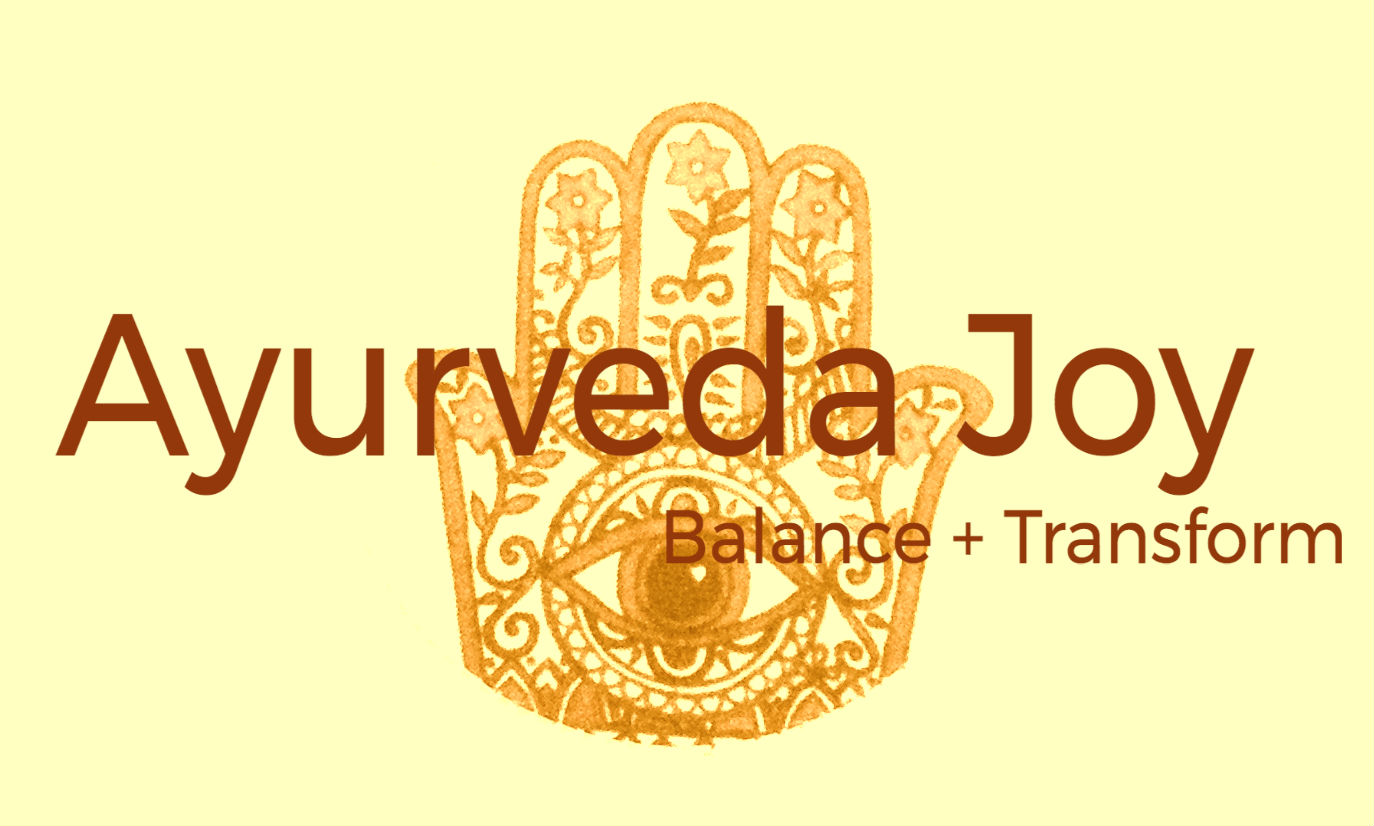Many people in today’s society fail to get enough iron in their diets.
There are many factors which can cause anemia. It may be due to a vegetarian diet lacking in the right combination of foods, including plant-based proteins, or living a life so busy that meal times are hurried and feature too many processed foods devoid of nutrition.
Ayurveda views anemia to be a linked with the subdosha of pitta: pachaka pitta. Seated in the stomach, it aids in the process of properly assimilating digested foods. If this process does not function properly, the minerals in the food, like iron, do not pass into the blood stream.
3 Types of Anemia
Anemia can be delineated into three different types in both the Western and Ayurvedic models.
1. Iron-deficiency anemia is vata type.
2. Sickle-cell anemia and anemia caused by blood loss due to bleeding hemorrhoids and bleeding gums are pitta type.
3. Hypo-proteinemic anemia and swelling are kapha type.
Ultimately, it doesn’t matter what vitamin or mineral may be deficient in the patient. When looking at anemia in the Ayurveda perspective, it is more important to look at how the anemia is expressing itself through the individual.
Vata-type anemia may be expressed by rough, dry skin and cracking of the joints. The person may be pale or emaciated and suffer breathlessness, constipation or black stools.
Pitta-type anemia may be expressed through yellowing of the eyes, dizziness, sensitivity to light and high-colored urine, passing dark brown or yellow stools.
Kapha-type anemia is often expressed by swelling (edema), and the skin has a feeling of being cold and clammy.
How to Treat Anemia
Below are some of the ways one can treat anemia:
Massage (Abyhanga)
Flushing out toxins in the body through the use of lymphatic massage aids in circulation.
Right nostril breathing (Suyra Bhedan/pranayama)
This pranayama aids the liver, builds blood and brings oxygen to the body and mind.
Exercise
Although the patient will be experiencing fatigue, light and regular exercise such as walking and yoga will encourage the flow of prana in the body.
Diet
Foods that aid in iron intake include beetroot and carrot juice with a pinch of cumin; all leafy green and cruciferous vegetables (for their chlorophyll); raisins, currants and berries; citrus fruits; dates; nuts; lightly stewed apples or pears with prunes, fresh figs, grapes and pomegranate; and onions, celery and spices such as fenugreek.
Cook with an iron pan.
Eating a cup of plain yogurt with one teaspoon of turmeric before lunch and dinner can greatly benefit iron-deficiency anemia.
Filling a copper cup with room temperature tap water, letting it stand overnight and drinking it in the morning will help increase intake of vital minerals.
Herbs
The high content of vitamin C in triphala will help in the absorption of iron, as well as aid in the detoxification process.
Shatavari ghee or bitter ghee may also be beneficial, depending on if the anemia is being expressed as pitta-type or vata-type, respectively.
Taking back control of the body and mind through practicing these methods should bring relief in time. Fatigue will dissipate, moods will elevate, and a clearer mind and stronger body will be the outcome.

